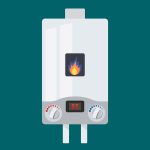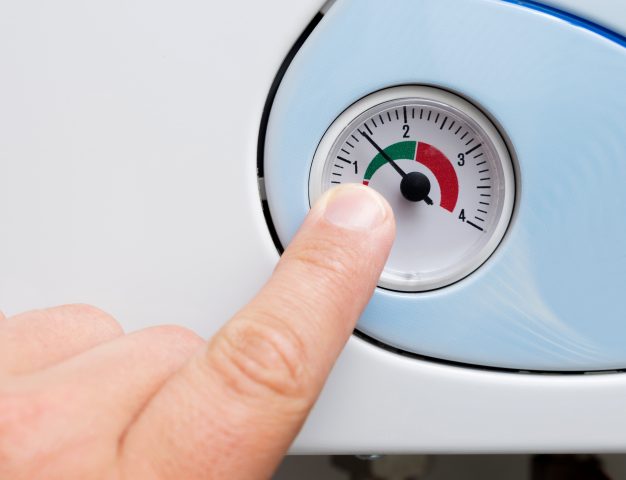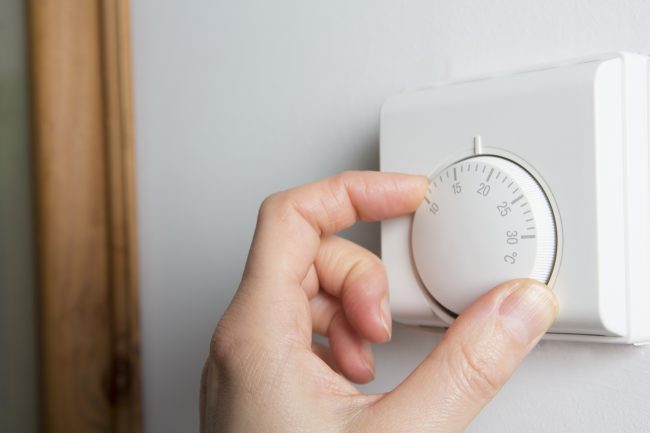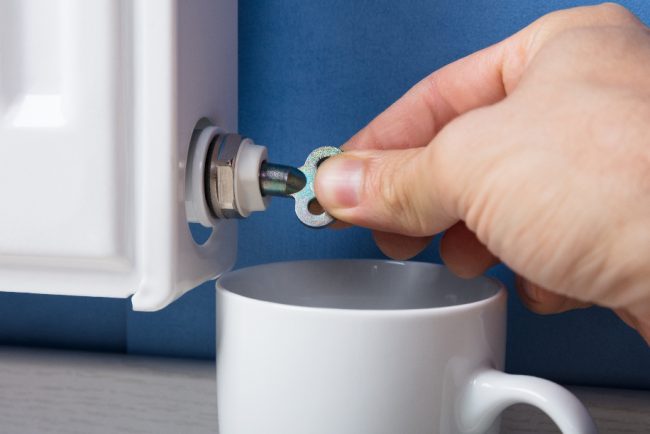Tips for Gas Heating
Tips for Gas Heating
Should you ever have problems with your heating, before you report it check our tips below about how you might be able to fix the problem straight away.
Combi Boilers: If you are experiencing a loss of heating and hot water, look at the tips below about how you may resolve this:

 1) Boiler pressure: If the boiler pressure is too low, you will not get any hot water. You can check the boiler pressure by looking at the pressure gauge of the boiler, if the pointer below the green part of the gauge then it needs to be topped up. It is usually quite straightforward to repressurise a combination boiler. Please refer to the appliance manual for instructions (if you don’t have it add the make & model into a google search) or watch the following clips:
1) Boiler pressure: If the boiler pressure is too low, you will not get any hot water. You can check the boiler pressure by looking at the pressure gauge of the boiler, if the pointer below the green part of the gauge then it needs to be topped up. It is usually quite straightforward to repressurise a combination boiler. Please refer to the appliance manual for instructions (if you don’t have it add the make & model into a google search) or watch the following clips:
- Worcester Combi Boiler: http://youtu.be/zUsBw1ZpiKY
- Potterton gold or Baxi Boiler https://www.youtube.com/watch?v=2ImYhXFB9gA
2) Ventilation: Boilers need to have space around them to be properly ventilated. Make sure that wherever the boiler is housed is clear of clutter. All those shoes, bags and coats should be moved out of the way to let your boiler breathe.
If the boiler is housed in a box, ensure that the boiler is accessible with an access panel so that it can be maintained properly. There are strict ventilation requirements, and these can be found in your manufacturer’s instructions.
 3) Thermostat: A room thermostat works by sensing the air temperature in the room. It switches on the heating when this falls below the thermostat setting and switches it off when the required temperature is reached. Check your thermostat, if it is positioned right to the bottom, it will not heat up the room. Setting it to 19°C or 20°C is usually adequate
3) Thermostat: A room thermostat works by sensing the air temperature in the room. It switches on the heating when this falls below the thermostat setting and switches it off when the required temperature is reached. Check your thermostat, if it is positioned right to the bottom, it will not heat up the room. Setting it to 19°C or 20°C is usually adequate
Gas Radiators: If your radiator is not heating up, look at the tips below for help about how to fix it:
1) Bleed the radiator: The radiator may not be heating up due to trapped air, to fix this you must “bleed” the radiator. To do this follow the below instructions:

- Get an old cloth and a radiator key.
- Protect carpet with plastic just in case it leaks
- Place the key in the valve and gently turn the key anti clockwise for a quarter of a turn holding the cloth underneath the key to catch any water that escapes.
- You will hear a hissing noise as the air comes out of the radiator.
- After a while, the hissing will stop, and water should start to come out of the radiator.
- Catch any excess water in the cloth.
- Turn the radiator key in the opposite direction to close the valve.
- Check the radiator that should now be hot all the way to the top.
After bleeding the radiator, check the pressure on your boiler as it may have dipped, and you might need to top it up.
2) Open the valve: Check to see that the valve at the bottom of the radiator is open. It will turn clockwise. If it is open and the radiator is still not heating up, this could mean a problem with the valve.